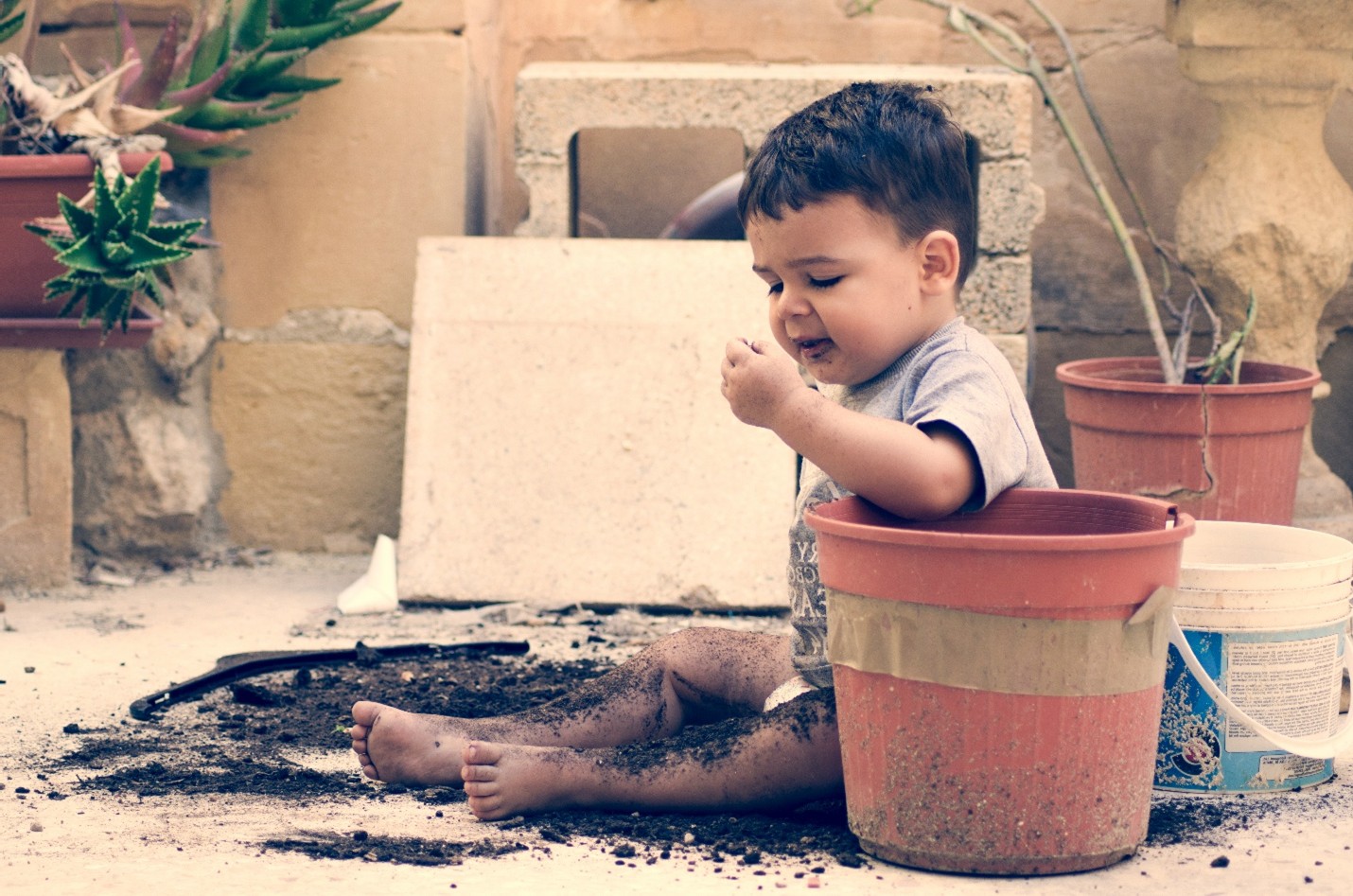What is pica?
Pica is a compulsive eating disorder in which people eat nonfood items. Dirt, clay, and flaking paint are the most common items eaten. Less common items include glue, hair, cigarette ashes, and feces. The disorder is more common in children, affecting 10% to 30% of young children ages 1 to 6. It can also occur in children and adults with intellectual and developmental disabilities. On rare occasions, pregnant women crave strange, nonfood items. For these women, pica often involves eating dirt and may be related to an iron and zinc deficiency.
Symptoms of pica
Pica symptoms are related to the nonfood item the person has eaten. They include:
- Stomach upset
- Stomach pain
- Blood in the stool (which may be a sign of an ulcer that developed from eating nonfood items)
- Bowel problems (such as constipation or diarrhea)
These symptoms are the result of the toxic, poisonous, and bacterial content of the nonfood items. Repeatedly eating nonfood items over a period of time can cause:
- Lead poisoning (from eating paint chips that contain lead)
- An intestinal blockage or tear (from eating hard objects, such as rocks)
- Injuries to teeth
- Infections (from organisms and parasites that get inside the body and cause disease)
How is pica diagnosed?
Many typical children chew on things such as their nails and ice, or they mouth their toys and hair. These are normal habits. However, a person diagnosed with pica repeatedly eats nonfood items, even if those items make them sick. Those people should see a doctor.
- Your doctor will look at your child’s physical symptoms. These could include stomach upset or bowel problems.
- If your child is in a high-risk group for pica (they have intellectual or developmental disabilities), your doctor may ask if you have seen your child eating nonfood items and for how long.
- If the behavior has occurred for a month or more, your doctor may diagnose it as pica.
- Your doctor may order tests, such as blood tests or X-rays to check for possible anemia, look for toxins in the blood, and find blockages in the intestines.
- Your doctor may order a blood test to check your child’s iron and zinc levels. Not having enough of these vitamins is considered a trigger for eating dirt and clay in some cases.
Pica treatment
Treatment for pica will address several areas. Your doctor will address your child’s illness from having eaten nonfood items. For example, your doctor will treat your child’s constipation, diarrhea, ulcer, intestinal tear, infection, or any combination of illnesses. If your doctor finds your child doesn’t have enough iron or zinc, they will address that with a vitamin supplement and dietary recommendations.
Finding the underlying cause of your child’s pica diagnosis is another part of treatment. Your doctor will discuss your child’s home environment, educate you as a parent, and refer your child to a behavioral or mental health specialist.
Can pica be prevented or avoided?
Pica cannot be prevented. Proper nutrition may help some children keep from developing it. If you pay close attention to eating habits and supervise children who tend to put things into their mouths, you may be able to catch the disorder early, before complications can happen. If your child has been diagnosed with pica, you can reduce their risk of eating nonfood items by keeping those items out of reach in your home. Be sure to monitor your child’s outside play, as well.
Living with pica
Most children outgrow pica as they get older. It usually goes away in a few months. However, high-risk populations, such as children and adults with intellectual or developmental disabilities, may need continued monitoring of their behavior and environment.




